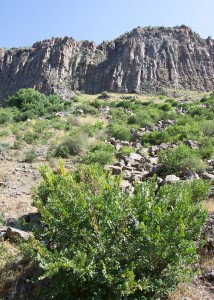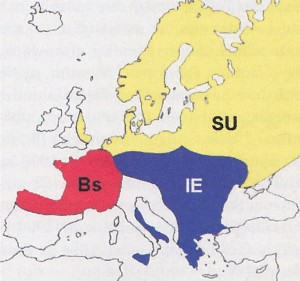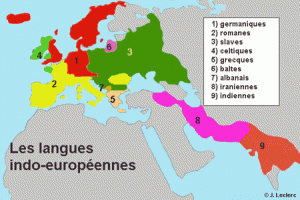I had to check twice when I saw the word “thraco-phrygian”. Where are they supposed to live in Europe?
The Merriam Webster dictionary defines Thraco-Phrygian as an adjective “of, relating to, or constituting a tentative branch of the Indo-European language family to which are sometimes assigned various languages of the Balkans and Asia Minor not otherwise assignable”
So they were living on the Balkans, and browsing on the Ethnohistory map found them there 1500BC.
Links:

 But around AD 400 the Germanic tribes were on the move allover Europe, as can be seen in the map behind the link below.
But around AD 400 the Germanic tribes were on the move allover Europe, as can be seen in the map behind the link below.

